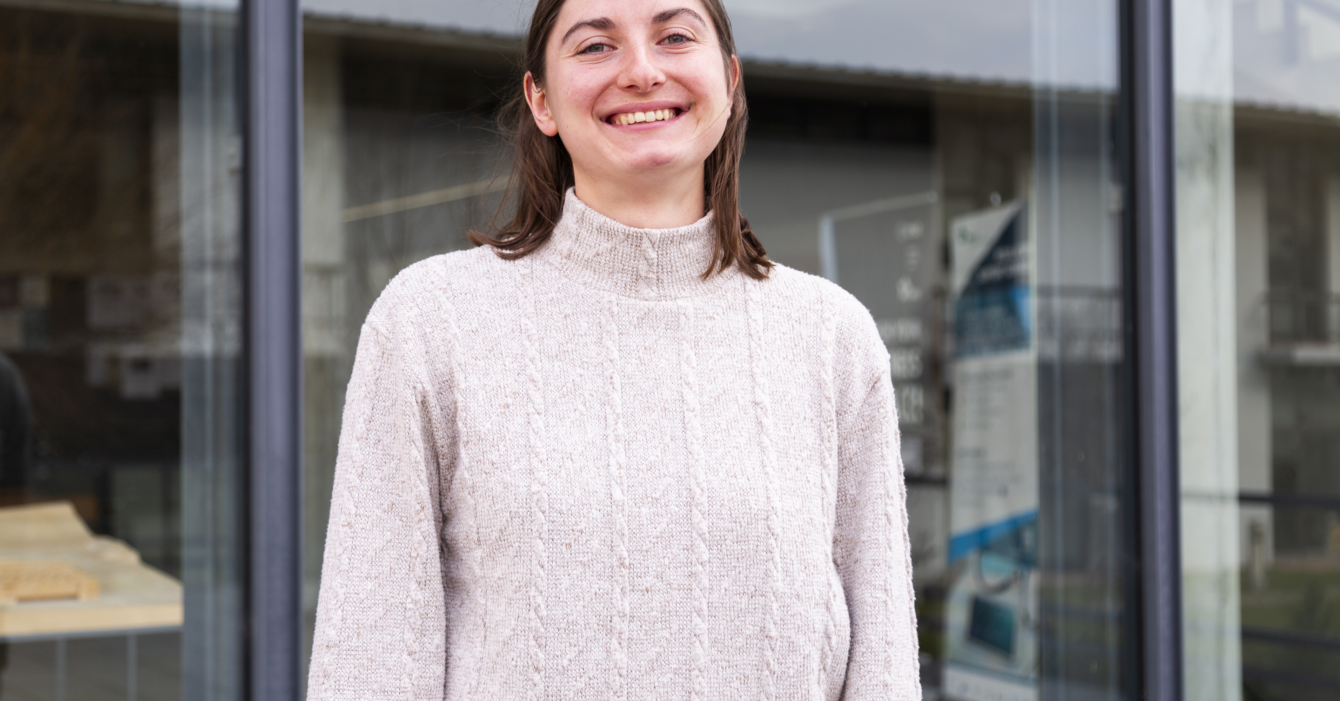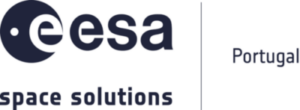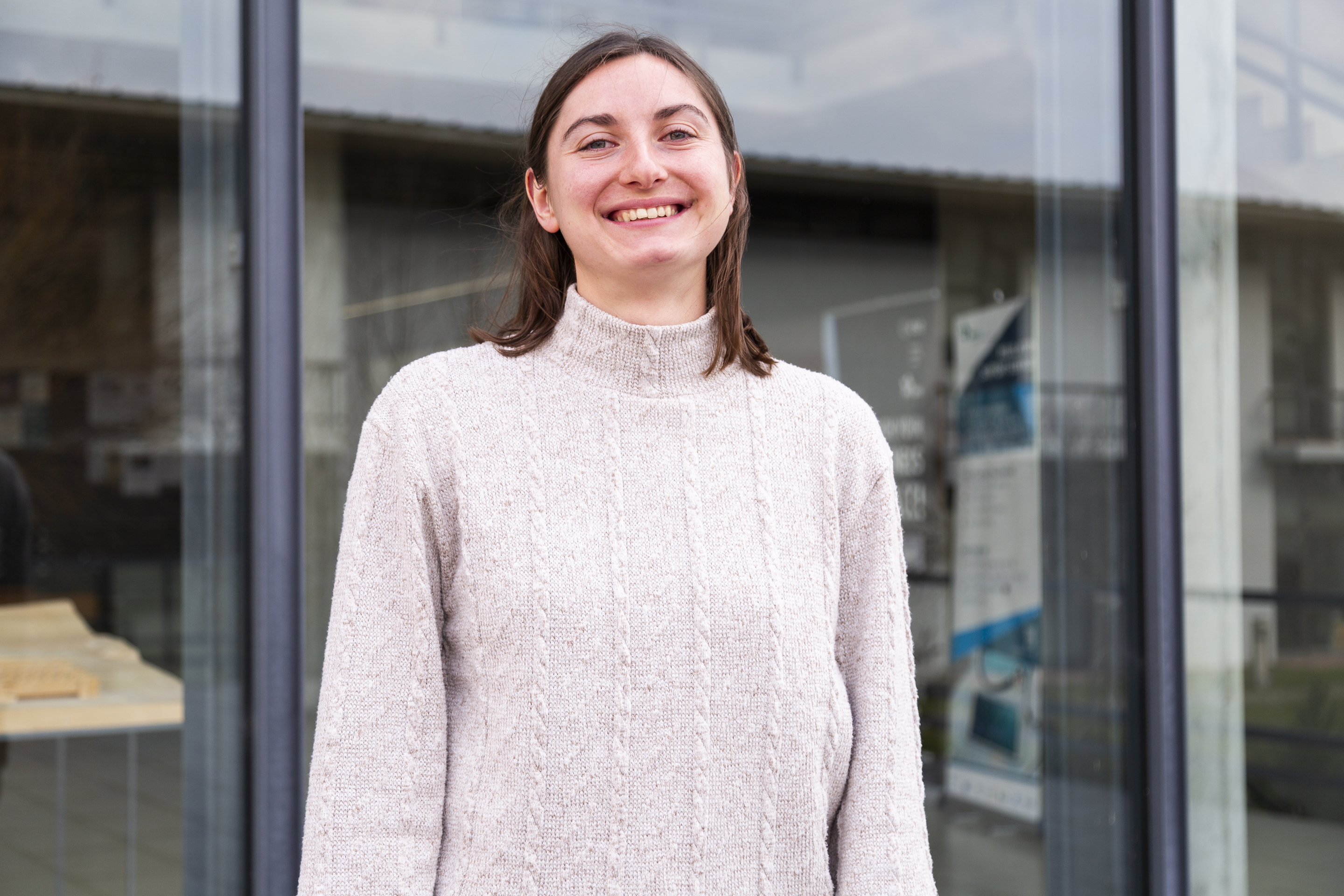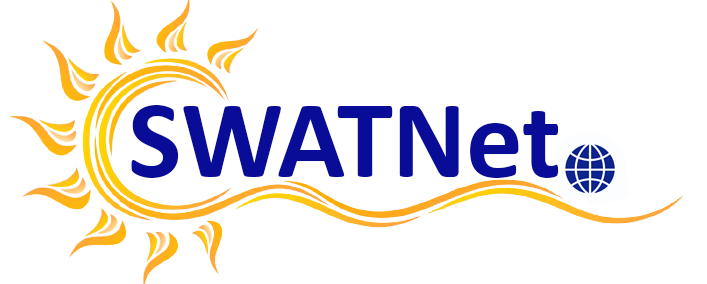
Slava Bourgeois: “My experience at IPN”

Source: https://space.ipn.pt/category/article/
Slava Bourgeois: “My experience at IPN”
As a PhD student at the University of Coimbra, I completed a 2-month internship at Instituto Pedro Nunes (IPN). During this internship, I first understood how a startup incubator works and followed the day-to-day operations of the innovation managers employed at IPN. For instance, I could participate in a workshop given by ESA Space Solutions Portugal about Coronal Mass Ejections (CMEs). CMEs are strong solar eruptions that can disrupt our satellites and technologies; thus, the objective of the workshop was to conceive a solution for forecasting and protecting our modern devices from these solar eruptions (for example, a suggested idea was to implement a constellation of satellites placed at specific vantage points to permanently monitor the Sun). I also had the opportunity to visit one of IPN’s laboratories: the Laboratory of Automation and Systems (LAS), where they design telemedicine solutions. For example, they showed the performance of their Artificial Intelligence (AI)-powered robotic arm that can operate on a patient (for instance, during an ultrasound scan) following the movements remotely implemented by a physician manipulating another arm, which may prove to be highly valuable in remote locations that lack doctors.
This internship was also the occasion to listen to some business-related seminars and to improve my understanding of this field, which is quite distant from the academic world that I am experiencing during my PhD. For example, some talks drew attention to ESA BIC Portugal’s calls on how to write successful applications or else on how to build a business model canvas. Then, I made use of this information to write my own ESA BIC application. Using my Ph.D. work as a possible business idea, I have learnt how to put this idea into practice, by reflecting upon the main steps and challenges, the budget, the roadmap, the resources to be implemented, and, above all, this main question: does my business project respond to a real need for potential customers? While writing this application, I have acquired a knowledge of new concepts about Intellectual Property (IP) rights, the TRL (Technology Readiness Level), and the Competitive Landscape which highlights the strengths and especially the weaknesses of competitors. I enjoyed this experience as I realized more concretely the procedure to create one’s own startup business.
Another interesting activity at IPN was the creation of a portfolio describing some space-related companies incubated at IPN. One of them, named Spotlite, working in the office next door, narrated their development story: they first specialized in Cultural Heritage monitoring, then, gradually extended their expertise to other fields such as vegetation and ground motion monitoring. It was really interesting to know more about their successes and the main challenges they have had to face – such as contracting employees suitable for the startup. I also could meet other companies at a job fair organized at the University of Coimbra (Polo II). There were various companies coming from different cities across the country (Coimbra, Aveiro, Lisbon, etc.), and most of them were providing digital technology, software, and data analysis services, which in some way is quite similar to my PhD work. We can mention, among others, JTA The Data Scientists (Porto), RedLight (Coimbra), Critical Software (Coimbra), The Loop Company (Coimbra), Linkare (startup incubated at IPN), Altice Labs (laboratory at IPN), Devoteam (Lisbon).
During my time at IPN, I also delivered a space webinar on my Ph.D. subject, which consisted of characterizing solar activity by developing image processing algorithms. By doing so, I discovered many other applications of this image processing method that I am using in my Ph.D. work and that can not only be used in the space area but also the medical, construction, and agriculture sectors, among others. When applied to solar images, this image processing method allows us to identify specific solar features that may be triggers of strong solar eruptions (CMEs), whereas, when applied to medical images (e.g., X-rays, MRI, CT, etc.), it can be used to enhance the contrast quality of these images, thus enabling a better diagnosis of the disease. In the construction and farming sectors, the method may help in detecting material defects – such as potholes in roads – and buildings for urban management, as well as crops for agriculture surveillance. We can even find applications in the maritime sector, where the extraction of coastlines is becoming a priority in the current context of beach erosion. Thus, this webinar, and the opportunity it gave me to explore all these applications that the technique I am using in my daily work entails, has broadened my vision about my project, but also about different business areas.
To conclude, my IPN experience was very rich in diverse activities. I enjoyed and learnt a lot from this internship, which, I think, will be useful for the rest of my Ph.D. and professional life.


Shifana and Slava (SWATNet PhD students) and Joana Mingacho (responsible for the industrial training at IPN)
